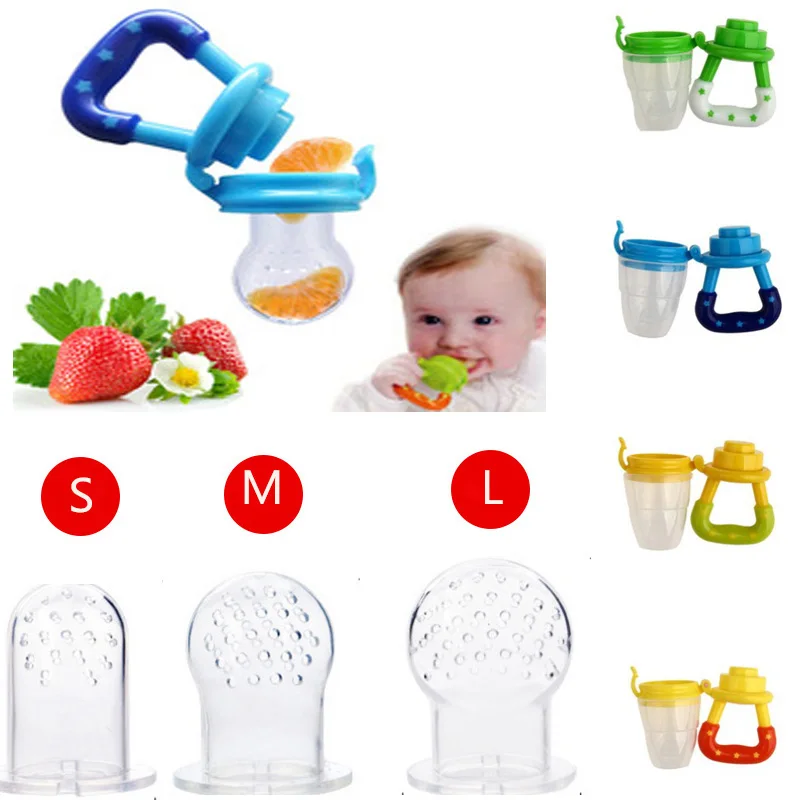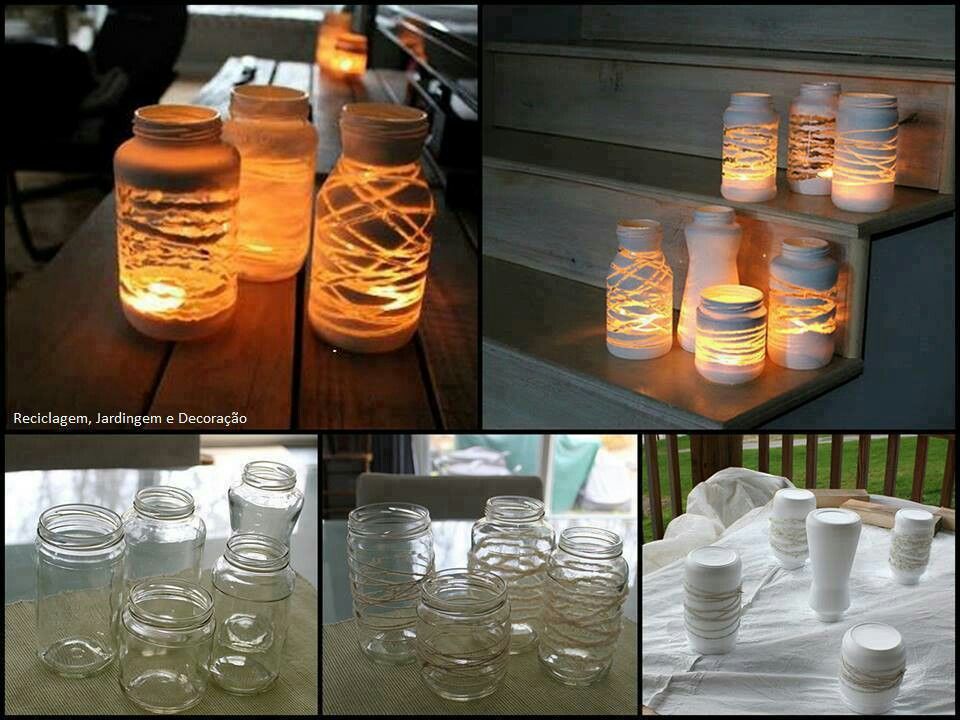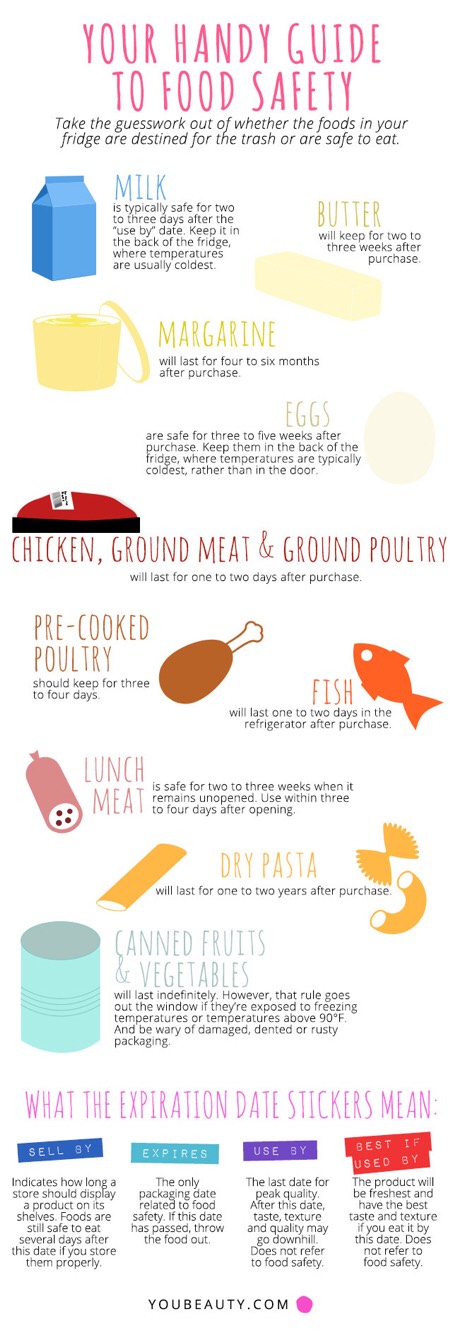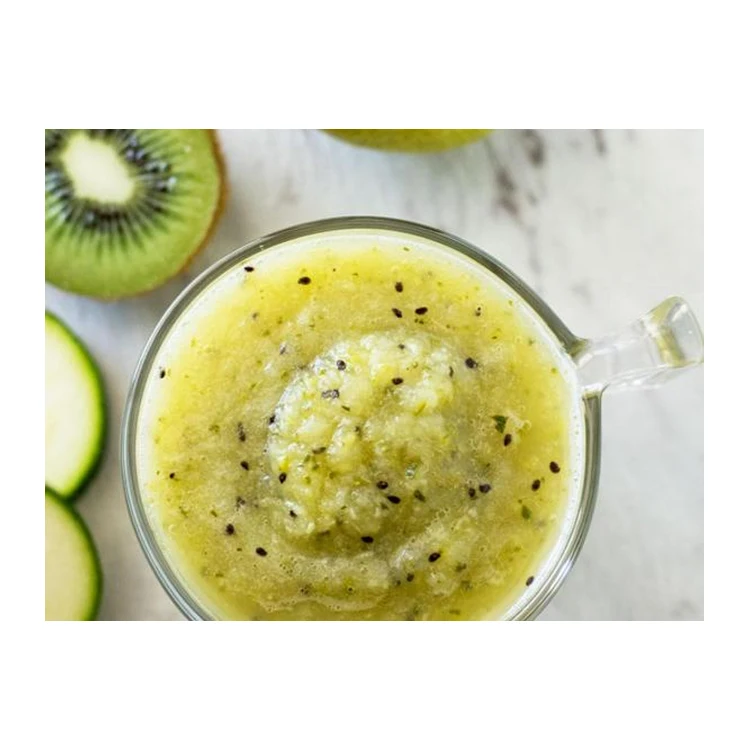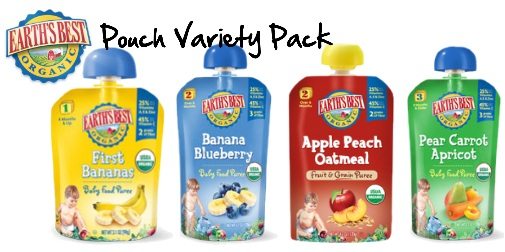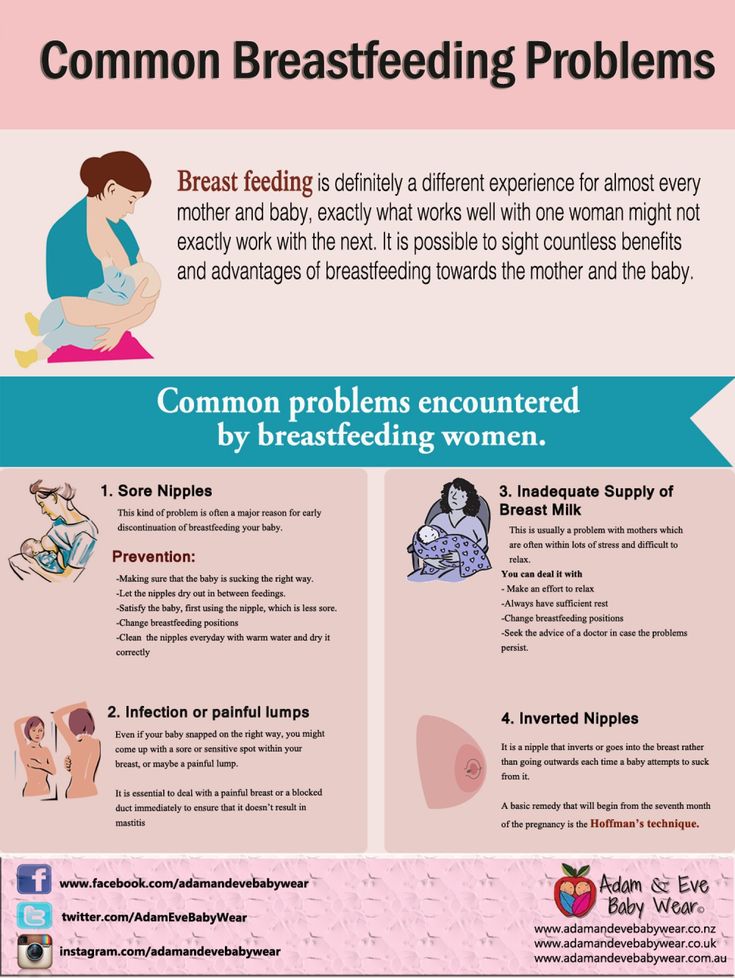Feeding supplies for babies
Our Favorite Baby Feeding Supplies for Starting Solids
In this guide:
- Spoons
- Bowls and Plates
- Bibs
- Snack Cups
- Placemats
You don’t need a ton of gear to start feeding solids, but a few key items will make the endeavor much easier… especially bibs, bowls, and spoons.
Lucie feeding AliceSpoons
For Introducing Solids (6 Months+)Good spoons are key to successful feeding. Spoons with little spoon-heads are perfect (I just said spoon-head, heh heh). You may want to try a few different ones to experiment – below are some parent favorites.
If you’re doing finger foods (ahem, the fancy-dancy term for this is baby-led weaning…), you may not need any infant spoons yet (they can’t spoon-feed themselves until later). But it’s not a bad idea to have a few on hand.
Munchkin Infant Spoons ~ $3 for 6
Quick and dirty. These rounded, soft spoon bowls are the perfect size. We’ve used these spoons for years and they’ve never let us down.
OXO Silicone Feeding Spoon ~ $8 for 2
A softer version (for teething babes and whatnot). Made with Stainless steel for durability.
For Self-Feeding (Toddler)Nuby Spoons and Forks ~ $8 for 4-pack (2 spoons & 2 forks)
As your kiddo gets older, you’ll want to start him with a larger spoon head and a thicker fork. Usually made of soft plastic, so as to not hurt themselves, and a non-slip handle, these are the gold standard. (See also: the Munchkin version)
RE-PLAY Spoons & Forks Set ~ $10 for 8 (4 of each)
These BPA-free utensils made from recycled plastic are very durable and will last well into childhood. Pick from a vast range of bright color options.
OXO Tot Training Fork and Spoon Set ~ $8
Training silverware is the next step, just before actual silverware. They still have non-slip handles, but their rounded heads are made of stainless steel.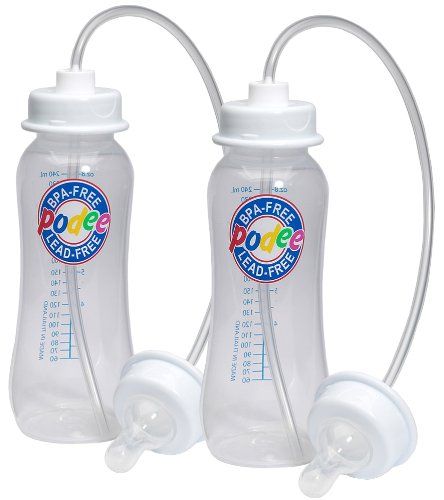
These ones are the best, IMO, but there are many options to choose from: NUK (spoons and forks or set with knife), Skip Hop, Munchkin, etc.
Bowls & Plates
For Introducing Solids (6 Months+)Start with a bunch of plastic bowls for mixing purees. Simple stacking bowls will do the trick. Don’t even think about anything breakable, since bowl-tossing will be your baby’s favorite sport for the next 12 months or so (yes, I just got nailed in the eye the other day, WTH?).
Munchkin Stackable Bowls ~ $8 for 8
These are our favorite kind – you can never have enough and they’re sold everywhere.
NUK Bunch-A-Bowls ~ $7 for 4
Another parent-favorite, these come with lids to take on-the-go.
For Self-Feeding (Toddler)Of course, you can still use the bowls listed above as your baby grows, however, you may want to also stock up on toddler-friendly bowls and plates.
Munchkin Stay Put Suction Bowls ~ $9 for 3
These really do work! They even suction to the stroller snack tray.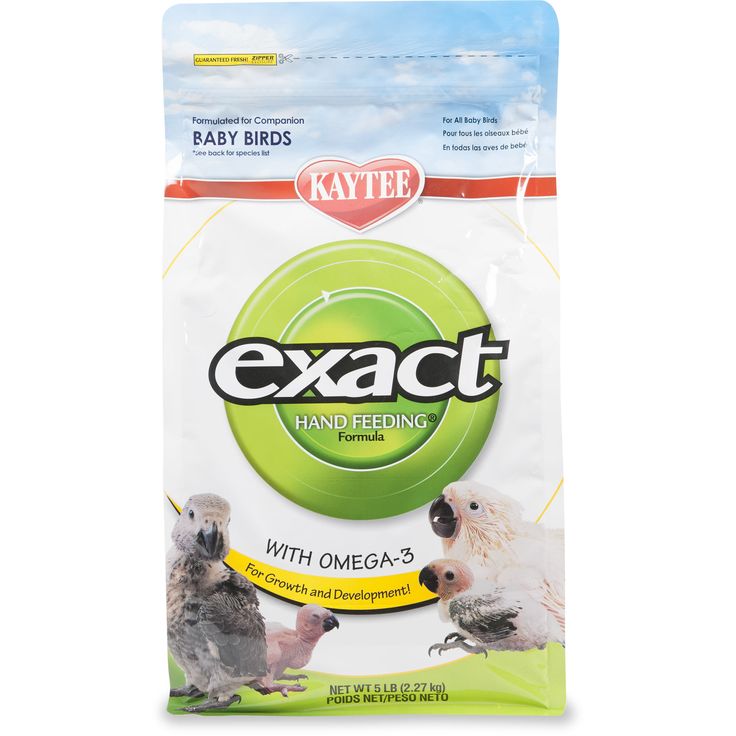
ezpz Happy Mat ~ $25
It’s a placemat and plate in one that suctions to the table: a true game changer for parents. The mat has three compartments for all of the food groups they won’t eat (kidding!) (sort of). Dishwasher safe and easy to travel with.
*Explore the whole collection – including a bowl, mini mat (great for restaurants), and play mat (*this one is so pretty!).
Divided Plate from Target ~ $0.50
Yes, you saw that right => 50 cents! Hands down one of our favorite divided plates — they hold up after years of (ab)use and are dishwasher safe. The sections are the perfect portion size and the walls are just high enough for scoop-training.
P.S. Available in all sorts of sizes and colors.
Bibs
Feeding babies is MESSY, y’all. There’s no getting around it. Some folks opt for shirtless feeding (the BABY, not you, parents), which may save on laundry but will likely require a bath or wipe-down afterward. Personally, I find the dressing/undressing part to be way more work than just throwing on a bib, but whatevs.
Bibs will prevent (reduce?) stains on your baby’s clothes. They come in different shapes and sizes; some bibs simply go around the neck and protect the top of the shirt, while others have sleeves and can be “worn” for more protection. I recommend you get some of both, depending on what’s on the menu that day {i.e., some foods are messier than others}. Alice loved to finger paint her body (and the dog) with hummus, so I was pretty much screwed on those days.
Basic BibsBumkins Bibs ~ $17 for 3
For a simple, basic bib, this is definitely the group favorite. It’s waterproof, comes in cute designs, and is super easy to wash (in the laundry, even). It also has a catch-pocket, which you will come to appreciate. Best of all, you can fold it up into a compact square and easily throw it in your diaper bag.
*Available in sizes: starter (4-9 months), super (6-24 months), sleeved (6-24 months) and junior (1-3 years).
BabyBjorn Soft Bib ~ $19 for 2
Another crowd-favorite.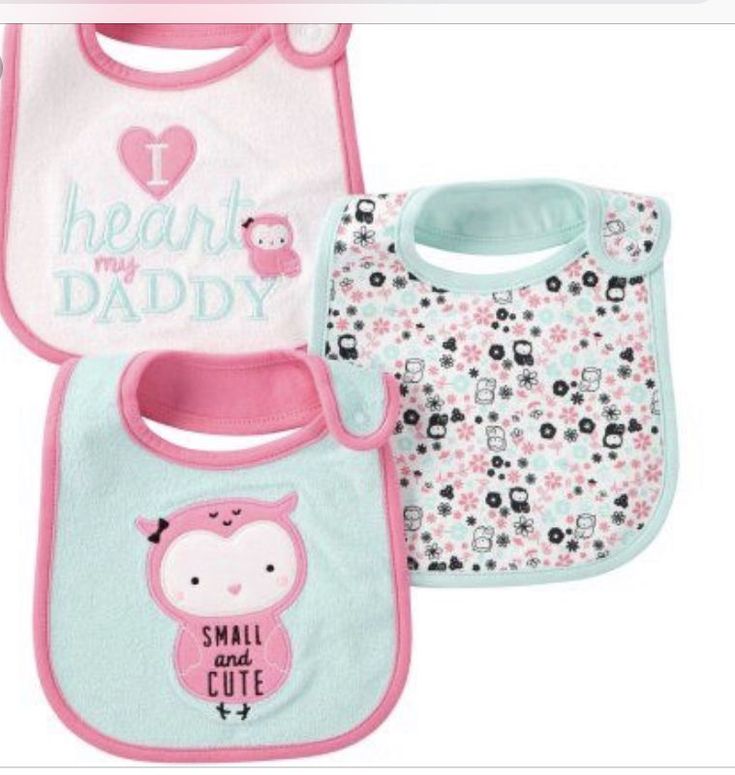 These are super easy to clean, have a deep pocket to catch food, and an adjustable closure to fit a growing baby for many months. These bibs are a bit more sturdy (harder for baby to yank off), but unlike the Bumkins bib, they don’t fold or store as easily.
These are super easy to clean, have a deep pocket to catch food, and an adjustable closure to fit a growing baby for many months. These bibs are a bit more sturdy (harder for baby to yank off), but unlike the Bumkins bib, they don’t fold or store as easily.
These will offer more protection, especially around the shoulders and sleeves.
IKEA “KLADDIG” ~ $9
An affordable, quick and dirty favorite is the nickname, “the angry viking child.” *Fits 0-18 months.
Kushies Cleanbib ~ $19
Parents love this simple, SLEEVED waterproof bib. Though, the price has gone up recently…
Hero Bibs ~ $29
Handmade and specifically designed not only to keep your little one clean, but also the highchair. Just tuck it under the top tray or let it hang over the sides. Also great for art projects and will last through the years.
Miscellaneous
Snack cups
Munchkin Snack Catcher ~ $5 for 2
Every parent’s go-to.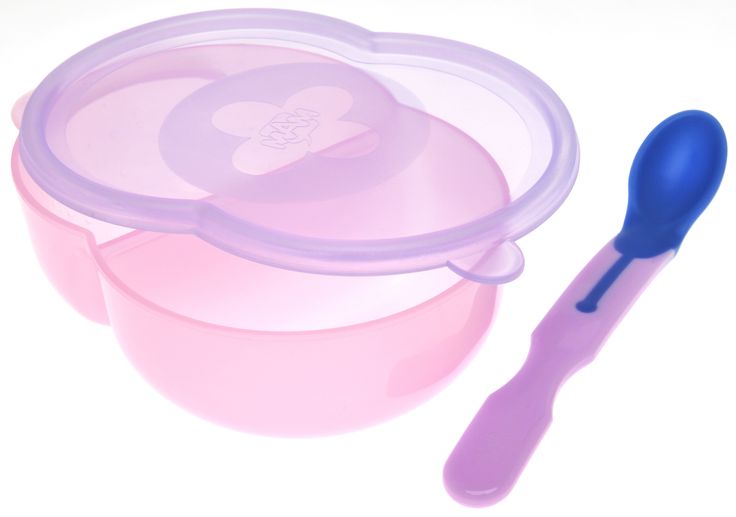 The lids prevent food from spilling onto the floor but make it easy for kiddos to reach inside and grab their favorite snack.
The lids prevent food from spilling onto the floor but make it easy for kiddos to reach inside and grab their favorite snack.
*If you’re not into plastics, Munchkin also makes a stainless steel version with a lid ($10).
Nuby Monster Snack Cup ~ $7
A fun twist on the standard snack cup. Kids love holding his monster hands. The lid can be tricky to get on and off – but that just means it’s doing its job. 😉
Placemats
Munchkin Silicone Placemats ~ $10 for 2
If you have a table in need of protecting, make sure you have a couple of these on hand. They measure 11 X 15 and are sticky on the bottom so they stay in place. They’re thin, too, so they’re easy to roll up if you need one for an outing, a picnic, etc. Top-rack dishwasher safe.
(No, I don’t work for Munchkin, I just like their stuff). And yes, they are BPA-free.
Back to: Gear Guides
About the Author
Meg Beilsmith Collins started Lucie’s List in 2010 after learning everything about babies the hard way; she is now the Editor in Chief.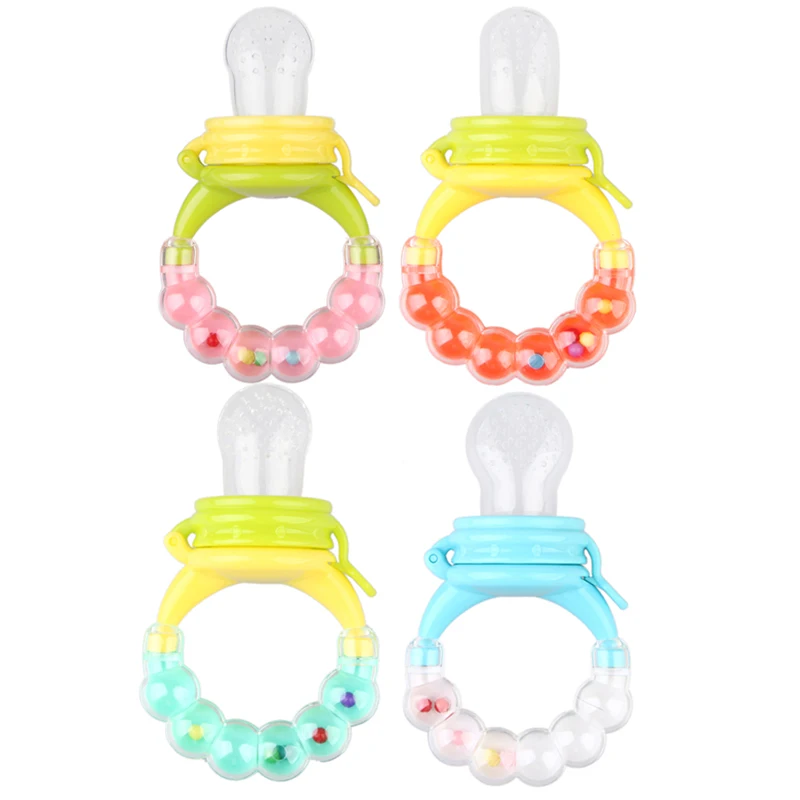 She’s an Industrial Engineer from Georgia Tech and a former car seat technician (CPST) who lives near Clearwater, FL with her husband Rich and daughters Lucie and Alice. She enjoys 90s music, MomFit, camping and anything on the water.
She’s an Industrial Engineer from Georgia Tech and a former car seat technician (CPST) who lives near Clearwater, FL with her husband Rich and daughters Lucie and Alice. She enjoys 90s music, MomFit, camping and anything on the water.
Dietitian's list of best baby feeding products
When you are just about to start solids with your baby, it may seem like you need all the latest baby feeding products and baby food gadgets available on the market.
But after introducing solids to three babies of my own and helping hundreds of parents to do the same my recommendation is to buy less rather than more.
For example, although the market is overflowing with baby feeding products like baby food steamers/blenders, your baby will not need purees for more than a few weeks. She may not need them at all if you decide to jump right into finger foods.
So unless it is something you can use it to prepare meals for the family later on down the road, spending your money on a gadget designed specifically to prepare baby food may not be necessary.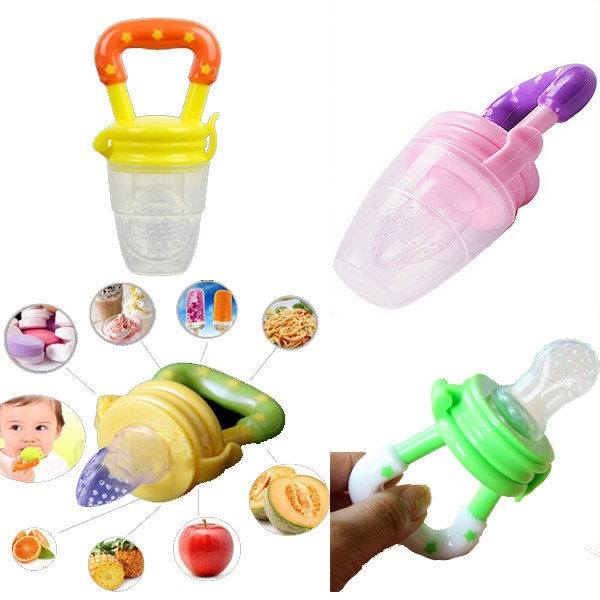
But while you do not need everything there is in your local store or on Amazon, some baby feeding essentials will make a world of difference.
Here is a list of baby feeding products I recommend to have ready when you are starting solids with your baby. I used most of them myself and recommended them to many families.
If you would like to get the whole framework and all the steps to start your baby on solids using the mixed approach, check my Stress Free Solids program – it’s completely online and has videos of babies eating both finger foods and purees, in addition to recipes, schedules and the latest scientific advice on introducing allergens.
For Cooking and StoringSteamerA simple stainless steel or silicone steamer may be all you need to steam food for your baby and for the whole family. And I guarantee that you will be using this steamer for a long time after your baby does not need it any more.
If you are looking for something more durable, get a two-in-one sauce pot and steamer like this Farberware model.
Check on Amazon
OXO Grips Silicone SteamerCheck on Amazon
TWO-PACK vegetable steamer basket setCheck on Amazon
BlenderIf you do not own one, I highly recommend investing in a brand that you like. Even if you decide to skip purees with your baby, a good blender is such a magical kitchen appliance.
You can use it for making smoothies, pureed soups, blending sauces, stirring batters and even for making your own baby cereal or nut flour.
it’s very important to remember that your baby will not need smooth purees for more than 2 weeks after you start solids, since you will need to keep upgrading the texture all the time in order to boost the development of his skills and help him to self feed. I go through all the steps and the stages in my Stress Free Solids program, so you know exactly what your baby needs to be learning to do right now.
My absolute favorite is Blendec – I have been using mine for years and years and it still works like new. But if you are not planning any heavy duty blending projects, less expensive options like Ninja Professional Blender or Hamilton Beach Smoothie Smart Blender can do the job when it comes to baby food.
Some of the baby specific food blenders that can also steam food are Baby Bullet System and Phillips Avent Combined Baby Food Steamer and Blender.
Blendec Total BlenderCheck on Amazon
Baby Bullet SystemCheck on Amazon
Avent Combined Food Steamer and BlenderCheck on Amazon
Crinkle cutterThis little gadget makes holding slippery finger foods easier for the little hands. I used it to cut mango, zucchini, avocado, pears and other finger foods.
Beyond the starting solids stage, this handy tool can be used to cut vegetables before roasting or steaming or to create pretty shapes for your fruit salad.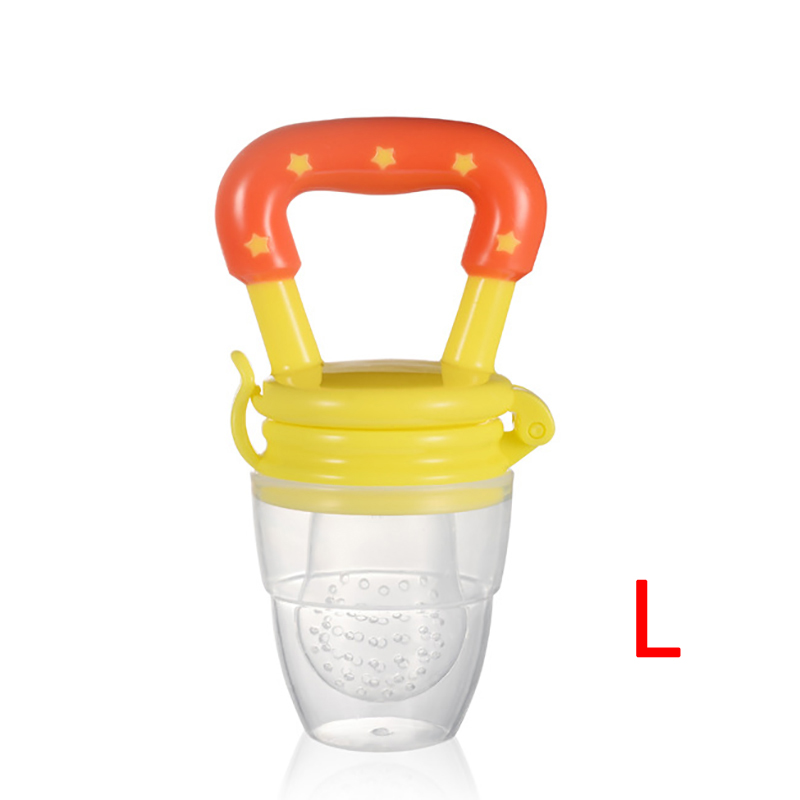
Check on Amazon
Freezer Containers and BagsFreezing baby food will save you lots of time and stress. You can freeze the food in cube containers, then empty the cubes into a zip lock bag, mark the date and name and store the bag in the freezer.
To thaw, leave a few cubes in your fridge for a few hours or overnight.
I like Oxo Tot Baby Food Freezer Tray because I could use it to make ice cubes long after my kids stopped eating purees and it is easier to store in the freezer due to its rectangular shape.
Here is how I used to store my baby’s purees:
OXO Tot Baby Food Freezer TrayCheck on Amazon
ZipLock Double Zipper Freezer BagsCheck on Amazon
Baby Feeding Proudcts for Eating
High chair and booster seatA good highchair is definitely something your baby needs to safely and conformably eat solids. When choosing your model, make sure that it meets the following requirements:
When choosing your model, make sure that it meets the following requirements:
- easy to clean
- has minimal crevices
- makes it easier for your baby to sit straight
- has a safety harness which is also easy to clean
- has a foot stool – many hook on chairs do not have one
- has a tray at the level of your baby’s elbows when he is sitting in the chair
- the tray can be removed so the baby can join the family at the dinner table
- the seat provides extra support around the hips and trunk
I bought a second hand Stokke for my last baby and loved how easy it is to clean it and how it “grows” with my baby so it can used for many more years.
At first I used a baby insert and a lining that allowed my baby to be safe and snug when eating and after I removed both, she is still super comfortable sitting in it at 2.5 years.
I love that you can adjust the height of both the seat and the foot rest so it is usable for older children and provides good support for eating.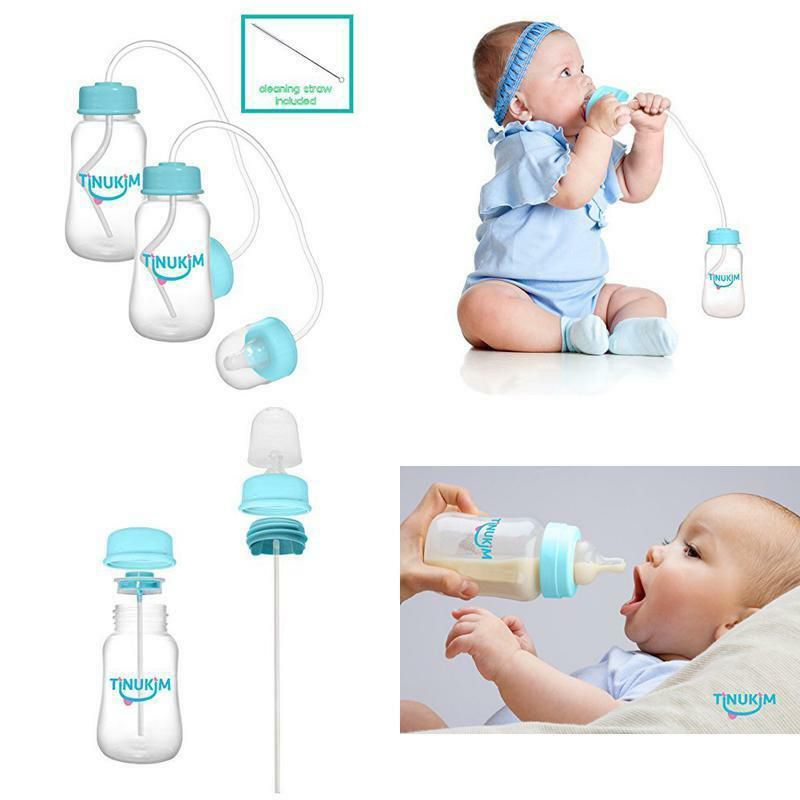
But when I did research for my sister who had a baby recently, I found this Phil and Teds high chair and decided to give it a try.
Aside from the the obvious benefits like being very easy to clean and having a foot rest, it can also be converted into a comfy low chair small children can use. And it costs just a fraction of the price of Stokke!
Other chairs I was considering were OXO Tot Sprout High Chair, Mamas and Papas Juice High Chair and Baby Bjorn highchair. These are all the new generation high chairs that are a breeze to clean, have foot rests and do not have a reclinable back. Remember that your baby needs to be sitting upright in order to be safe when eating.
IKEA’s Antilop high chair is a popular option I hear a lot about in parenting groups but I do not recommend it often because it does not have foot support although it is very inexpensive and seems very easy to clean.
Stokke Tripp TrappCheck on Amazon
Phil&Teds Poppy High ChairCheck on Amazon
OXO Tot Sprout High ChairCheck on Amazon
Mamas and Papas Juice High ChairCheck on Amazon
Baby Bjorn Highchair
Check on Amazon
Booster seatsTo help your baby eat comfortably when on a go, you may consider getting one of the booster seats that can be strapped securely to a chair in a restaurant or friend’s house.![]() Below are a few options I recommend.
Below are a few options I recommend.
I used Fisher Price Healthy Care Booster with my baby number 3 and it was easy to adjust to chairs in restaurants and tote around when we were traveling.
You would not believe the number or restaurants in Spain that do not have high chairs for babies!
Fisher Price Healthy Care BoosterCheck on Amazon
Summer Infant Sit’n Style BoosterCheck on Amazon
OXO Nest Booster SeatCheck on Amazon
SpoonsIf you plan to feed your baby purees, I would recommend getting a few spoons with longer handles.
To practice self feeding, your baby will need spoons with shorter handles.
Spoons for feeding your babyThere are many different models on the market and I would suggest that you choose ones which are BPA free and have a flat tip to make first feeds easier.
Later, as your baby gets better at scooping food off the spoon, you can pick one with a deeper tip.
Here are a couple I was using with my baby.
Munchkin 6 Piece Lift Infant SpoonsCheck on Amazon
Nuby 4-Pack Hot safe Feeding SpoonsCheck on Amazon
Spoons for self feedingAs your baby starts practicing self feeding with a spoon, it is time to switch to one that is lighter and has a shorter handle.
My number 1 recommendation for a novice self feeder would be a Num Num prespoon, because its unique design allows baby to self feed just by dunking it in puree, no scooping skill is required.
Nuby Set is perfect for little hands and I like the fact that it includes both spoons and forks. All my kids learnt to eat with a fork before they were able to manage a spoon.
Num Num PrespoonCheck on Amazon
Nuby 4-Pack Spoons and ForksCheck on Amazon
Feeding Mats and Bowls with SuctionA bowl with suction or a silicone mat that sticks to the table will help prevent a lot of mess and make self feeding easier.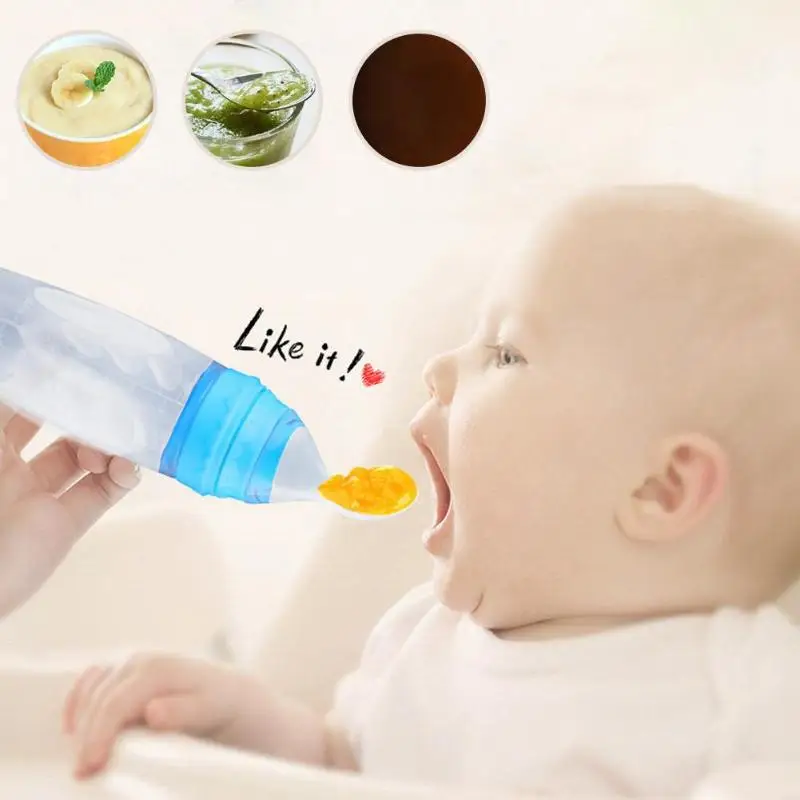 I like EzPz mat, it made mealtimes with my baby so much more enjoyable.
I like EzPz mat, it made mealtimes with my baby so much more enjoyable.
It also comes in a smaller size, perfect for a high chair tray or when traveling. I have been taking our mat to all our trips in the last 2 years, it has a priority space in our suitcase.
It sticks to the table and is quite heavy so you do not need to worry about plates and bowls flying around the kitchen.
I also like how it helps little ones feel confident feeding themselves because scooping food from bowls molded in a heavy piece of silicone is much easier than from a flat tray or a plate.
I have also been using bowls with suction for my first two kids and you can see a couple of options below.
But honestly, I do not think that they can beat the convenience of a feeding mat. My baby really enjoyed seeing a variety of food on her mat and I did not have to worry about her tipping anything over.
A bonus for picky toddlers – a feeding mat with divisions does not allow the food to touch!
Ez Pz MatCheck on Amazon
Boon Catch Plate with Spill CatcherCheck on Amazon
Munchkin Stay Suction BowlsCheck on Amazon
CupsDid you know that you can use a small open cup to serve a little bit of water with solid feeds from as early as 6 months?
And that although sippy cups are very popular, dentists and feeding specialists have been recently raising the topic of sippy cup overuse?
Aside from limiting the development of oral motor skills, using sippy cups frequently and for a long time may lead to grazing on milk or juice. Grazing definitely does not help kids’ appetites or dental health.
Grazing definitely does not help kids’ appetites or dental health.
In my view, sippy cups are a good option for a very short period of time while your baby is transitioning to an open or straw cup but they are not mandatory.
You may be amazed how quickly your baby learns to drink from an open cup if you allow him to practice from the start. I used and really liked BabyCup. It fit perfectly my 6 month old’s little chubby hands. You can also use any small light cup you may have in the house.
Some parents I know have been successfully using these Munchkin Miracle 360 Trainer Cups to help their babies transition to an open cup.
Straw cups are very handy when you are on a go but most babies cannot handle them before 8-9 months. Here is a great article by Alisha from Your Kids Table about how to transition your baby to straw cup.
So I would suggest that you give your baby a small light open cup with a very small amount of water to practice drinking from about 6 months, introduce a straw cup at 8-9 months and use sippy cups only occasionally, as a transitional tool, or avoid them altogether.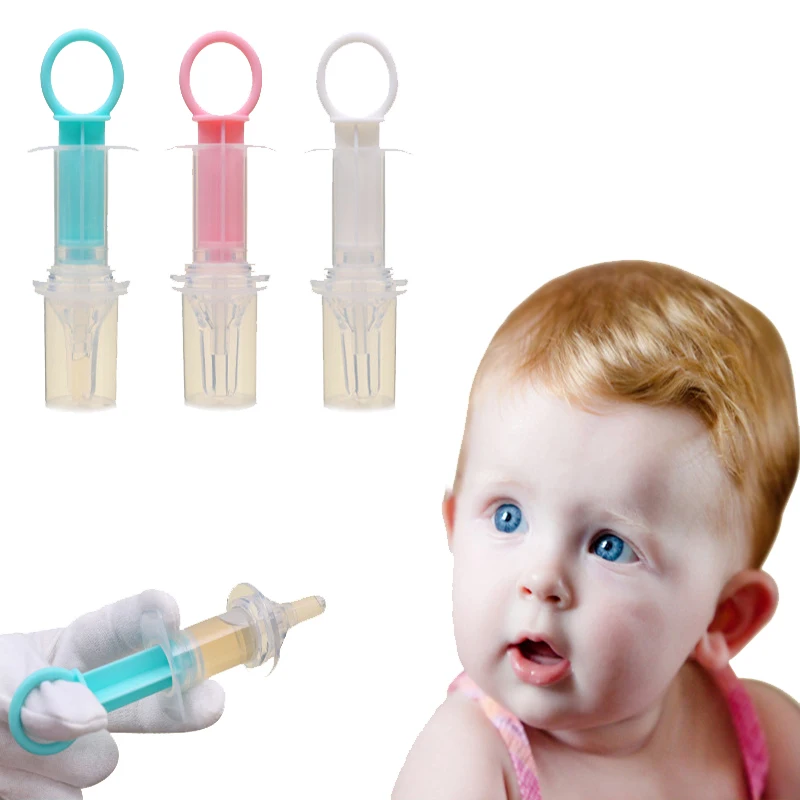
Check on Amazon
Munchkin Miracle 360 Trainer CupCheck on Amazon
Munchkin Click Lock Flexi Straw Trainer CupCheck on Amazon
Healthy Sprouts Silicone Sippy LidsCheck on Amazon
Baby Feeding Products for Minimizing the MessIt is impossible to avoid the mess when you are starting solids with the baby, but there are a few ways to at least minimize it.
BibsLong sleeve waterproof bibs are the best invention ever, especially if your baby self feeds. Do not bother with those made of flimsy cotton or other fabric, you need some hard core water proof solution for the messes that are to come.
These bibs will protect numerous outfits that may end up hopelessly stained otherwise. I used mine for feeding first and when the baby did not need them at mealtimes anymore, we started doing messy crafts in it!
Small bibs will protect your baby’s clothes when you are spoon feeding or at later stages, when your baby is confidently self feeding with a minimal mess.
Check on amazon
Bumkins Waterproof Sleeved BibCheck on Amazon
Waterproof silicone bib, set of 2Check on Amazon
Bumkins Waterproof SuperBib 3 PackCheck on Amazon
Floor MatFloor mat is a must-have baby feeding product if you have a carpet in the feeding area. I did not have to use one because I either had hard floor or tiles in the kitchen when my kids were babies but here are a couple that may save you a lot of scrubbing.
Nuby Floor MatCheck on Amazon
Kenley Baby Splat Mat For Under High ChairCheck on Amazon
Let me show you how to feed your baby using the mixed approach, so you can be guided by your baby and not by a rigid philosophy.
JOIN HERE
Manufacturers have warned of a possible increase in prices for baby food - Agroinvestor
The baby food industry is not experiencing problems associated with a high level of counterfeiting A. Gordeev
Gordeev The business proposes to exclude products for children from the labeling experiment for canned meats, vegetables and fruits. This follows from a letter from the association of manufacturers "Rusbrand" (includes Nestle, Danone, etc.) to the Ministry of Economic Development, which Izvestia has read. The letter notes that for foreign products, the developer offered more expensive technical solutions, which threatens with a shortage of goods on the shelf and an increase in prices "by at least 10%".
The level of imports in this segment is 25-30%, Rusbrand estimates. Also, the association does not understand what problem labeling will solve, because there are no known cases of counterfeiting in the industry recorded by regulators: the industry has established state control over the production, distribution and sale of baby food, increased requirements are imposed on raw materials and materials, and the finished product is packaged in sealed packaging, which undergoes sterilization.
The Ministry of Industry and Trade proposes to conduct an experiment on labeling canned food for children from vegetables and meat, as well as jams, jellies and nut butters from May 1, 2022 to February 28, 2023. The draft government decree on the experiment was prepared on behalf of the president. An objective assessment of the costs of introducing marking is possible only during the experiment; support measures have been developed for the companies participating in it, including soft loans for the purchase of marking equipment, says a representative of the department.
Chairman of the Board of the Dairy Union of Russia Lyudmila Manitskaya told Agroinvestor that baby food is not getting more expensive because of labeling. “Prices in this segment will increase for the same reason as for other products: the cost of all components of production is growing. We are talking about fuel, electricity, imported components and so on. In addition, inflation is rising, and the ruble is weakening, ”commented Manitskaya.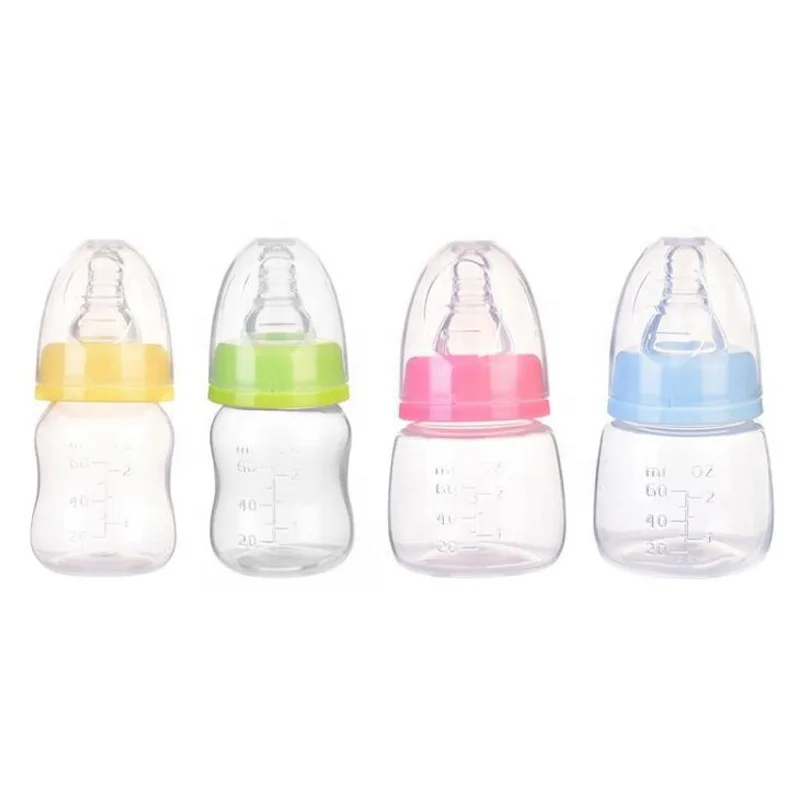 According to her, falsified products are periodically found in the baby food segment. “Full-fledged labeling for baby food has not yet been introduced, so we do not yet understand how it will work and how it will protect the buyer,” added Manitskaya.
According to her, falsified products are periodically found in the baby food segment. “Full-fledged labeling for baby food has not yet been introduced, so we do not yet understand how it will work and how it will protect the buyer,” added Manitskaya.
Dmitry Leonov, Deputy Chairman of the Board of Rusprodsoyuz, is sure that labeling will invariably lead to an increase in prices on the shelf. According to the most modest forecasts, the growth per unit of goods will be from 10%, he believes. “In a situation of rising prices for all components of the cost of production - raw materials, logistics, packaging - and the ongoing trend of falling incomes of the population, the introduction of an additional financial burden on both business and consumers is unacceptable. According to dairy producers, where labeling has already been introduced, it has become one of the most expensive regulatory measures in the history of the sector,” Leonov told Agroinvestor.
In his opinion, the introduction of mandatory labeling for certain categories must be approached "extremely balanced and cautious.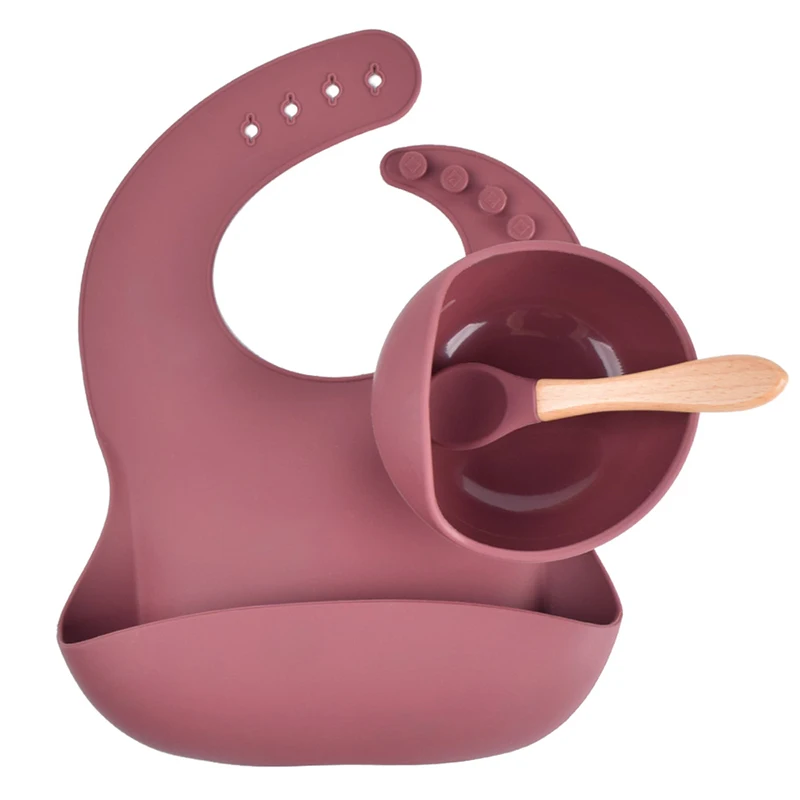 " It is worth starting with independent research of the counterfeit market in these categories and discussion with the business community of all the risks and expediency of labeling. The total introduction of labeling without objective indicators of a high level of counterfeiting in a category is fraught with a significant increase in prices for many groups of goods, Leonov warns.
" It is worth starting with independent research of the counterfeit market in these categories and discussion with the business community of all the risks and expediency of labeling. The total introduction of labeling without objective indicators of a high level of counterfeiting in a category is fraught with a significant increase in prices for many groups of goods, Leonov warns.
The baby food industry is not experiencing problems with high levels of counterfeiting, he continues, adding that these may be isolated cases. This is due to rather strict state control over the production and sale of baby food at all levels "from the field / farm to the counter." “Increased requirements are imposed on raw materials, equipment and materials that are used for the preparation of children's preservation. In addition, products for children do not go through a simplified procedure for declaring safety, but a strict certification system,” Leonov emphasizes.
CRPT specialists are confident that information about the impact of labeling on the cost of baby food "does not correspond to reality and is not supported by calculations. " “Having looked at the price dynamics in those industries for which labeling has already become mandatory, we can make an unambiguous conclusion that in none of the industries, labeling has led to price increases that buyers could notice,” said Revaz Yusupov, Deputy General Director of the Advanced Technologies Development Center. (quote from the center). “We are convinced that in this industry, too, all these apocalyptic forecasts will remain nothing more than forecasts.”
" “Having looked at the price dynamics in those industries for which labeling has already become mandatory, we can make an unambiguous conclusion that in none of the industries, labeling has led to price increases that buyers could notice,” said Revaz Yusupov, Deputy General Director of the Advanced Technologies Development Center. (quote from the center). “We are convinced that in this industry, too, all these apocalyptic forecasts will remain nothing more than forecasts.”
what kind of food is possible, features of complementary foods
It is no secret that young and not very experienced mothers receive information on the nutrition of an infant, including recommendations on how to introduce the first complementary foods, mainly from two sources: grandmother's stories and from the Internet. Unfortunately, both of these respected sources of information may voluntarily or not voluntarily, but be very mistaken, since grandmothers grew up in a more prosperous time in terms of environmental conditions, and the Internet is littered with various articles that are rarely written by professionals, moreover, they rely either on explicit outdated guides on baby food, or frankly on unverified information.
In this article, I will try to combine the latest scientific data and recommendations on how to introduce the first complementary foods with many years of observations from the experience of a practical pediatrician and an allergist-immunologist.
At what age is it time to introduce the first complementary foods
According to the recommendations of the Research Institute of Nutrition of the Russian Academy of Medical Sciences, the first complementary foods can be introduced from 4.5 - 5 months, regardless of the type of feeding. This is "average". In practice, the choice of when to start introducing complementary foods still depends on the individual characteristics of the child. For example, for a child with widespread atopic dermatitis (diathesis), we will not introduce complementary foods until at least acute skin symptoms, such as cracks, weeping or secondary eczema, have steadily disappeared. Increased dryness and flaking of the skin, of course, require constant application of moisturizers to the skin, but in no case are they a contraindication to the start of the introduction of the first complementary foods.
Another important point when choosing the time to start introducing complementary foods is the dynamics of the child's weight gain. The more intensively the child gains in height and weight, the sooner he may need additional calories, since the energy value of breast milk or artificial formula alone will most likely not be enough for a child who grows faster than his peers by 4 - 5 months. We must not forget that natural products contain a fairly large range of minerals and vitamins, and a mother’s body, alas, cannot be an eternal and bottomless source of useful nutrients, somewhere something will gradually begin to be missed.
In addition, the nature of lactation in the mother has a great influence on the timing of the introduction of complementary foods. If a nursing mother begins to feel a lack of milk, I would prefer to first give her advice on stimulating lactation, and at the same time begin to introduce complementary foods. It will be better than introducing an artificial mixture. But I repeat that the earliest start date for the introduction of the first complementary foods is the age of 4 months, before the child's body is not yet ready, the risk of developing allergies is also high.
But I repeat that the earliest start date for the introduction of the first complementary foods is the age of 4 months, before the child's body is not yet ready, the risk of developing allergies is also high.
So, we agree with you that the first complementary foods can be introduced no earlier than 4 months of a child's life.
First complementary foods: Which foods to choose?
The first complementary foods, as a rule, should consist of vegetable or fruit purees, but in no case juices. Still, juices, even for children, are highly filtered, mainly contain a large amount of organic acids and “light” carbohydrates (that is, sugar, to make it clear to everyone). I will not waste time explaining why juices are harmful to an infant, but I will describe a clinical case from practice.
Parents with an 8-month-old girl came to the reception. Somewhere from 5 months she practically did not gain weight, although before that all indicators were normal. In the analyzes, apart from visible signs of iron deficiency, slightly reduced hemoglobin, no pathology was also detected. The main complaint: "does not eat anything." And when I began to find out what she still eats, it turned out that the child drinks half a liter of juice every day. But porridge or cottage cheese, or mashed potatoes cannot be forced together, they spit everything out. I don't like the taste. And so - for three months. The child, of course, became very nervous, yelling at night, demanding juice.
The main complaint: "does not eat anything." And when I began to find out what she still eats, it turned out that the child drinks half a liter of juice every day. But porridge or cottage cheese, or mashed potatoes cannot be forced together, they spit everything out. I don't like the taste. And so - for three months. The child, of course, became very nervous, yelling at night, demanding juice.
So draw your own conclusions and be careful.
For the first feeding, this is now recognized by everyone, the best dishes are vegetable purees from green varieties of vegetables: zucchini, cauliflower, broccoli. The first complementary foods are introduced, starting with half a teaspoon, in the morning for three days, then gradually increase the amount of the product to 40-50 grams per week. Supplemented with breast milk or formula.
For problems with stools, constipation, it’s good to start introducing prune puree, green apple, you can try pumpkin, even apricot puree, but in no case start with carrots.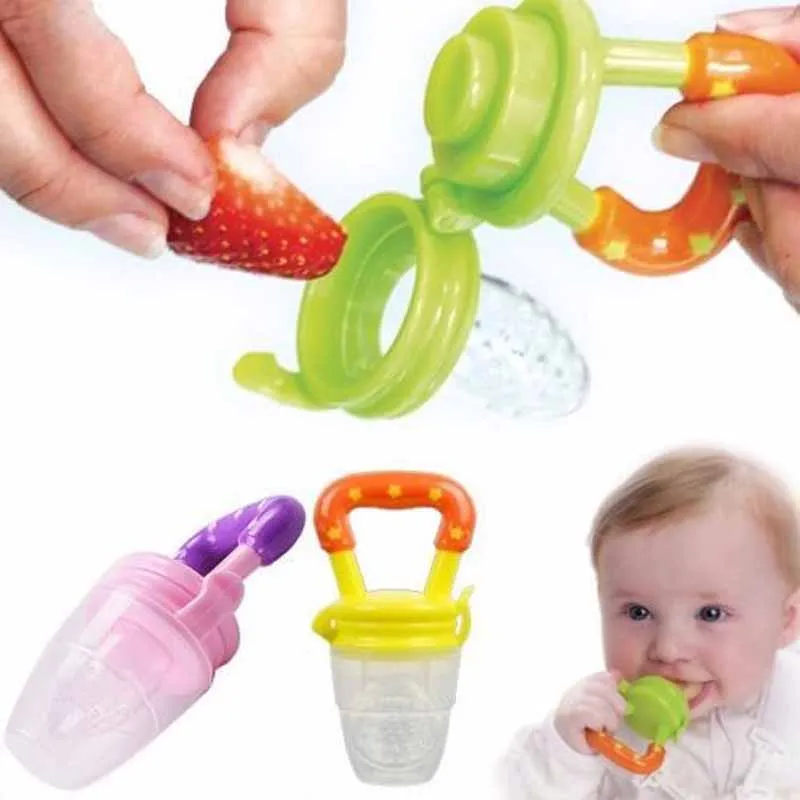 Beta-carotenoids, which are abundant in carrots, are generally poorly absorbed and can cause allergies in a child.
Beta-carotenoids, which are abundant in carrots, are generally poorly absorbed and can cause allergies in a child.
Second food. Porridge or meat?
Even 5 - 6 years ago, we taught students at the medical institute that from 5 - 5.5 months old, an infant should begin to give cereal porridge for complementary foods. This is rice, buckwheat, corn. The first week you can cook 5% porridge: 5 grams of ground cereal per 100 ml of water. Then the porridges are cooked already denser: 10 grams of cereal per 100 ml of water. But now, basically everyone uses instant (soluble) cereals, which are diluted with water according to the instructions on the package. In addition, ready-to-eat liquid cereals are on sale: for example, Bellakt, Frutonyanya, etc.
Why meat? You ask. According to modern recommendations (they really began to change quite often), but in this case I support: if a child has a pronounced decrease in hemoglobin in the blood below 100 g / l by the age of 5 months, it makes sense to start introducing fruit or vegetable purees as a second types of complementary foods - meat purees as a source of the most well-absorbed heme iron.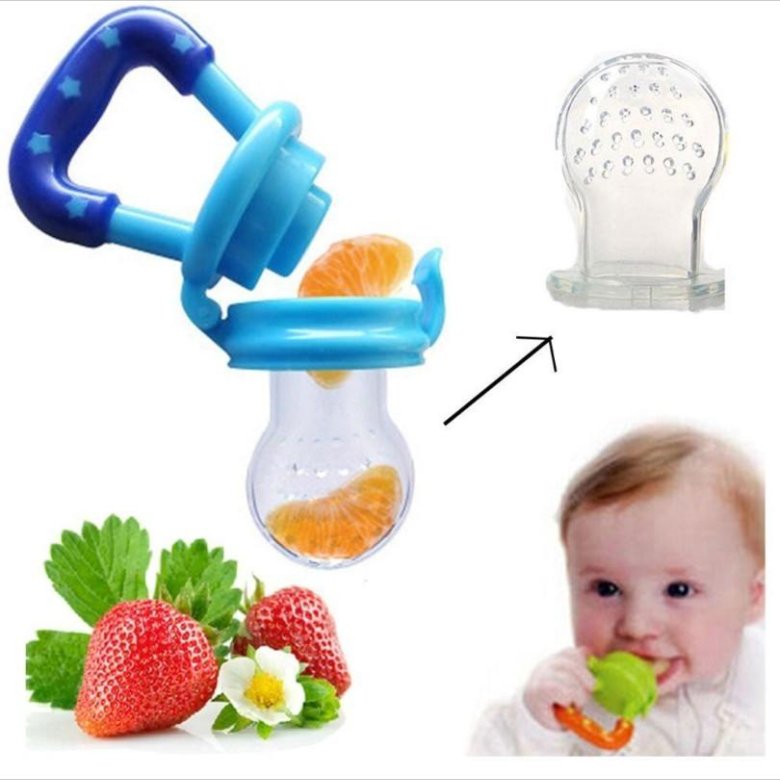 You need to choose from varieties such as turkey, rabbit, lamb. Beef and veal can only be offered to children who did not have red cheeks and diathesis.
You need to choose from varieties such as turkey, rabbit, lamb. Beef and veal can only be offered to children who did not have red cheeks and diathesis.
In the absence of problems with low hemoglobin, feel free to introduce porridge as the second meal of complementary foods, especially if the child is small and does not gain weight very well. In this case, we can recommend breeding cereals with the addition of breast milk or a mixture (Nan, Nutrilon, Celia, Nanny). With mixtures based on goat's milk, parents of children with a predisposition to allergies should be very careful. Goat milk formulas are not the best choice for babies who are allergic or intolerant to cow's milk protein, whatever the internet says. Believe me, there are serious scientific articles by foreign authors, which provided data on a very high frequency of cross-allergy between cow and goat milk proteins in children who were transferred to goat milk mixtures. And I saw it myself in my practice, when a child with dermatitis was transferred to a mixture of goat's milk, there was a clear improvement for a month or two, and then all over again and with a doubled degree of allergic skin damage.
Introduction to fermented milk products
This is the most difficult question. I am sure that most of our grandparents demand that their stupid parents start drinking milk and kefir as soon as possible. In a number of cases, children really start to absorb sour-milk products quite well after 6 months, but before this age I am very careful even with sour-milk Agusha, and even introducing milk or kefir before 6 months is a bad form, believe me, and can lead to very bad consequences for the child. I understand the Western European medical community, which has recently banned its pediatricians from recommending fermented milk products for complementary foods for children under 3 years of age, just imagine!
They (the Europeans) need to do something with their artificial milk mixtures. Even 20 years ago, we did not know other mixtures after the "two", that is, the second formula for children from 6 to 12 months. Then there were formulas for children from 1 to 2 years old, then from 2 to 3 years old, and now there are already mixtures for children up to 4 years old, and I think if this goes on, then until the age of sixteen there will be their own milk substitutes. Dismiss me, I don't think this approach is correct. But the fact is that our grandparents had much better genetics than the generation of our children, alas. In the context of the growth of medical capabilities, genetically determined diseases are also growing, and in this case, intolerance to cow's milk protein, and with every 10 years there are more and more such people among us. But if a child really suffers from an allergy to cow's milk protein or is severely deficient in enzymes, then he will carry this peculiarity through his whole life, and most likely he will not drink milk or kefir himself, and there is no need to force him if he himself won't want to!
Dismiss me, I don't think this approach is correct. But the fact is that our grandparents had much better genetics than the generation of our children, alas. In the context of the growth of medical capabilities, genetically determined diseases are also growing, and in this case, intolerance to cow's milk protein, and with every 10 years there are more and more such people among us. But if a child really suffers from an allergy to cow's milk protein or is severely deficient in enzymes, then he will carry this peculiarity through his whole life, and most likely he will not drink milk or kefir himself, and there is no need to force him if he himself won't want to!
But you are lucky with genetics, and no one in the family has ever had an allergy (which is hard to imagine nowadays), and most importantly, if your child has always had perfectly clean skin, then the first of the dairy products - cottage cheese, you will begin to offer your child with 7 months, kefir - from 10 months.